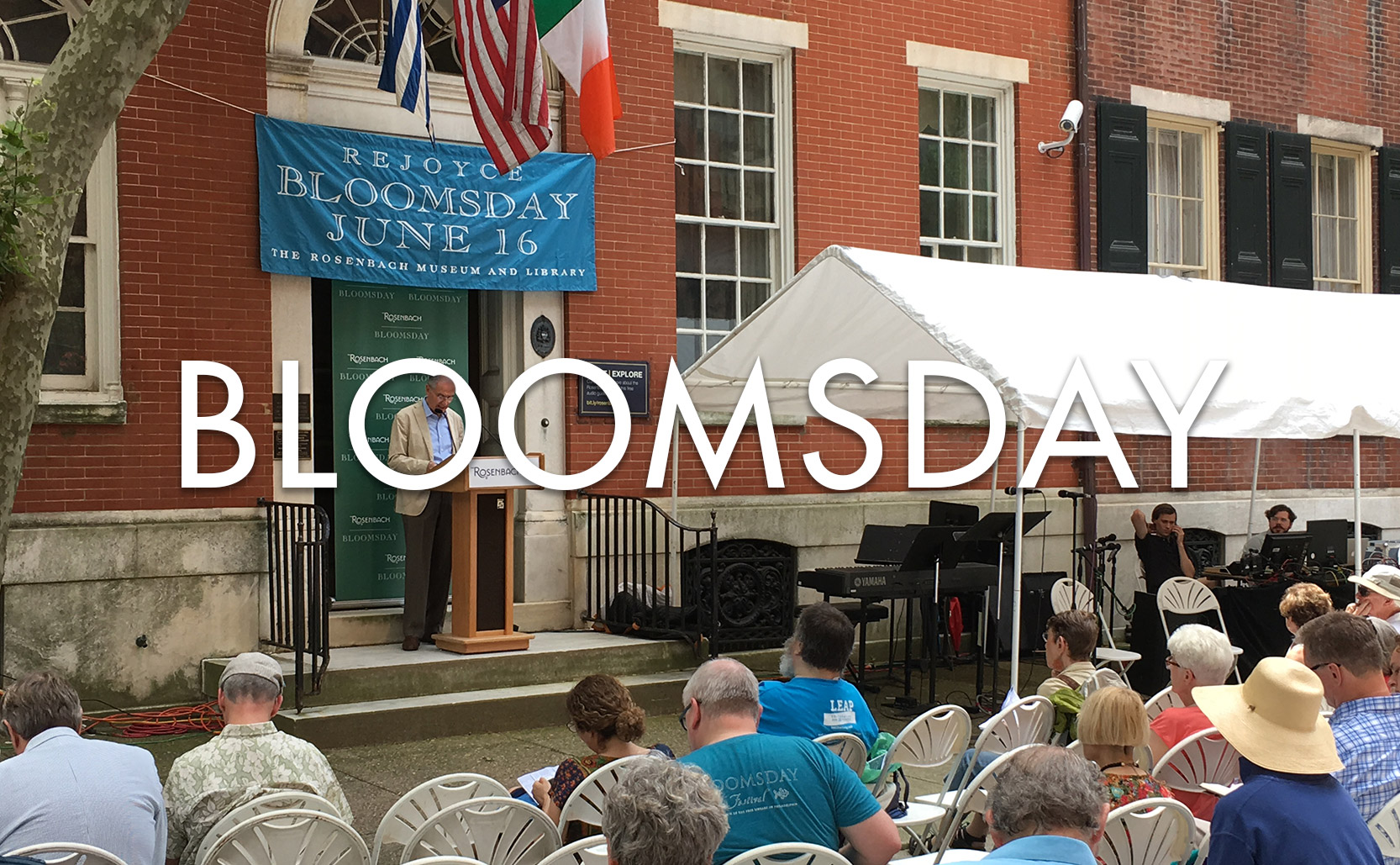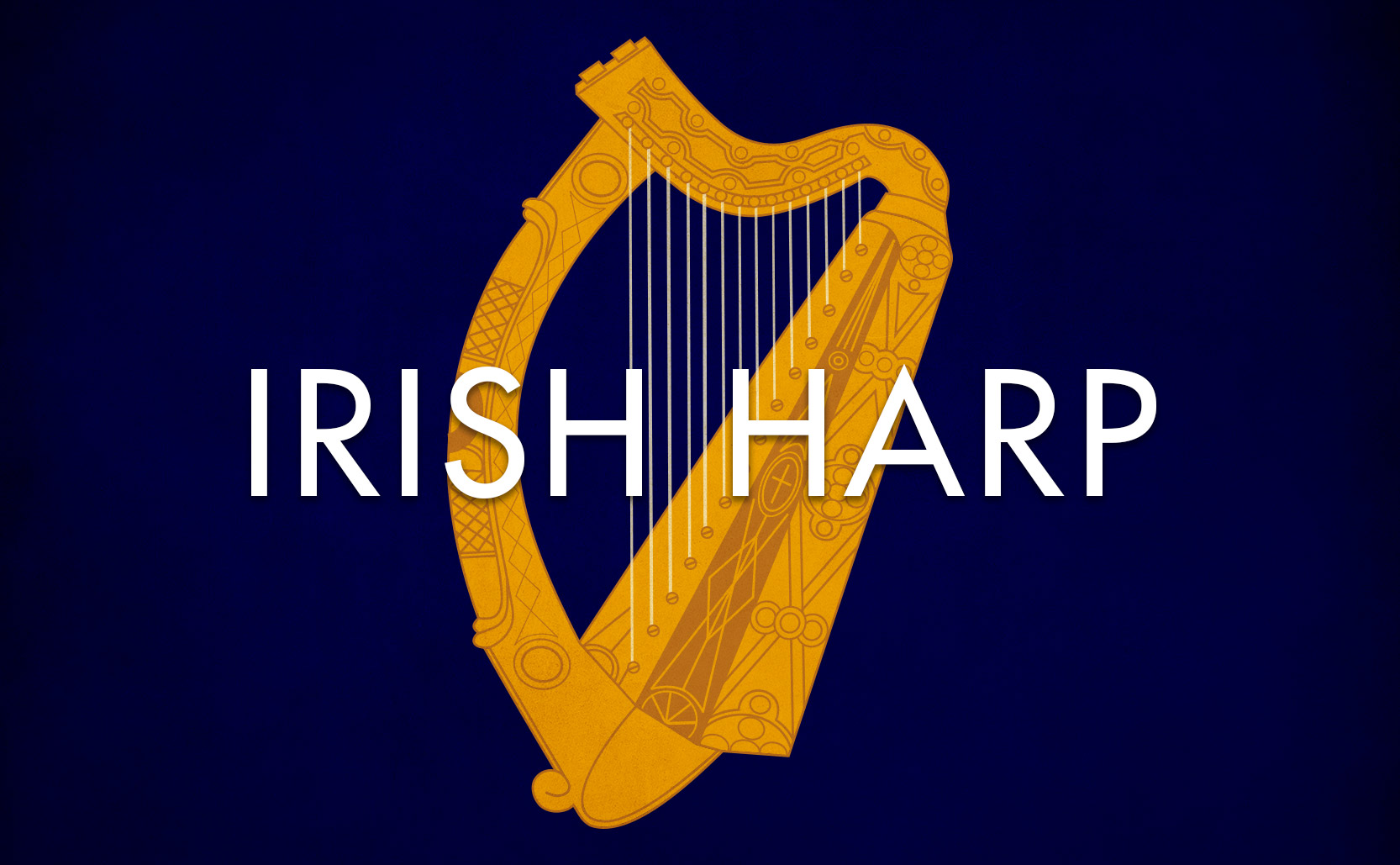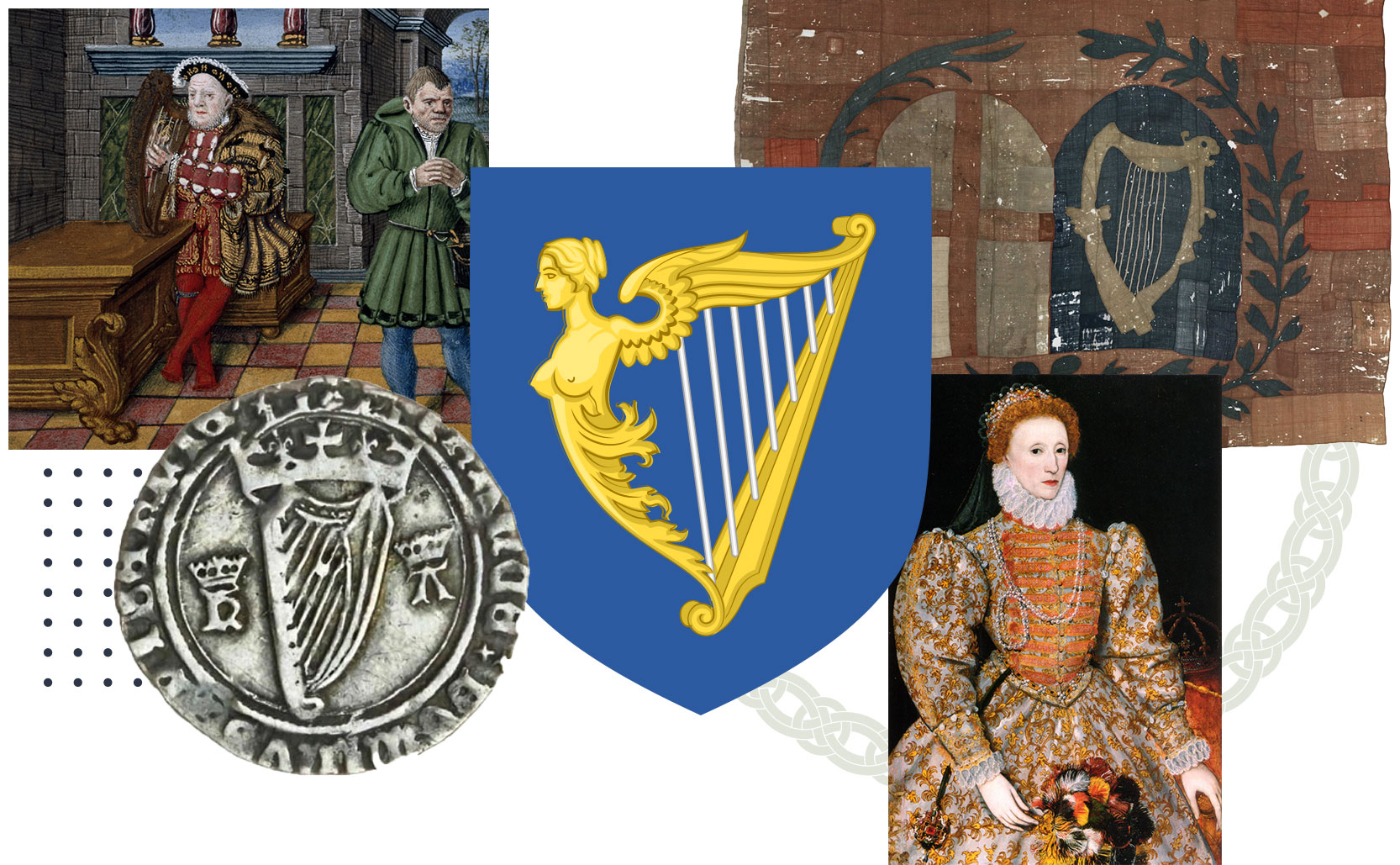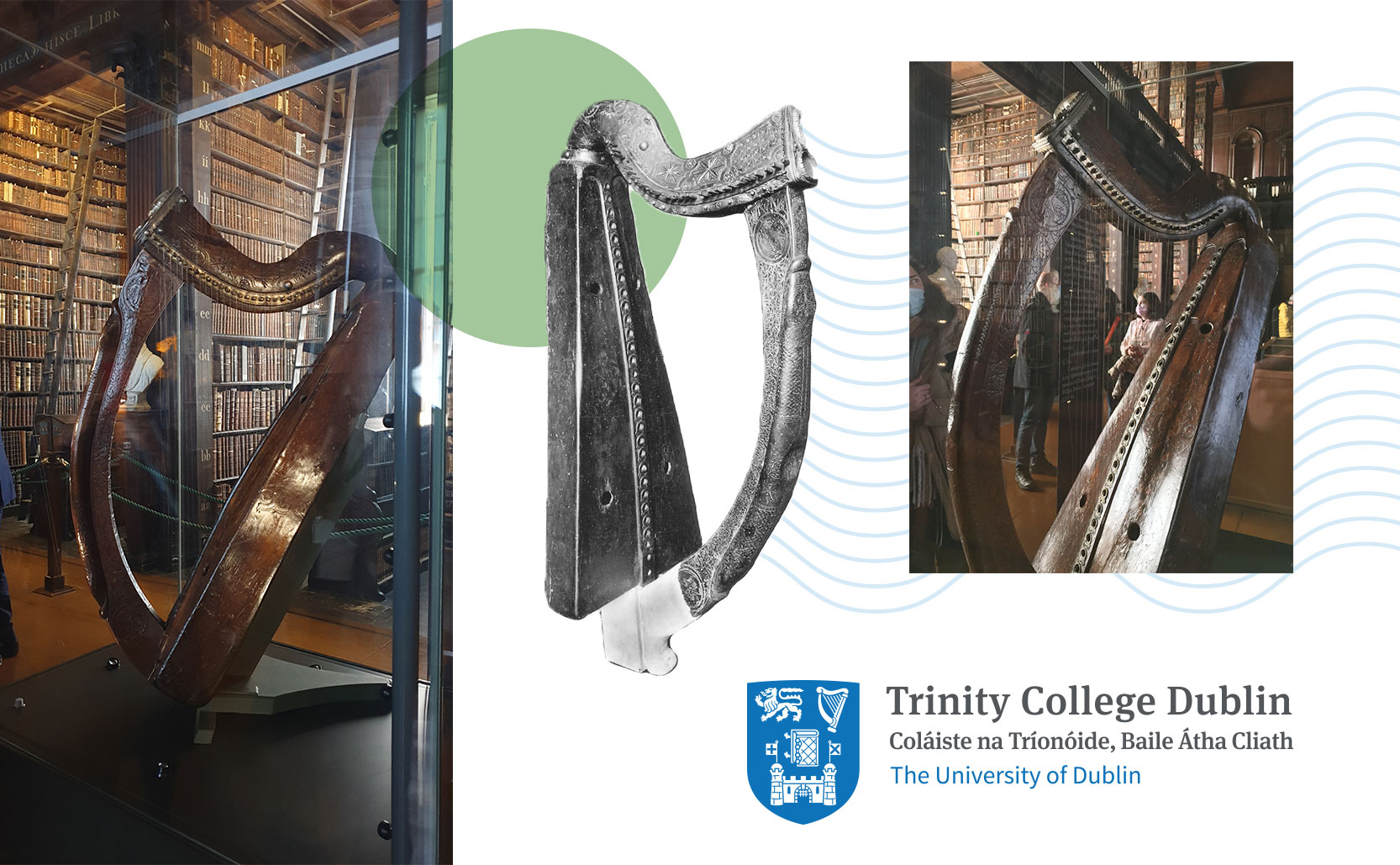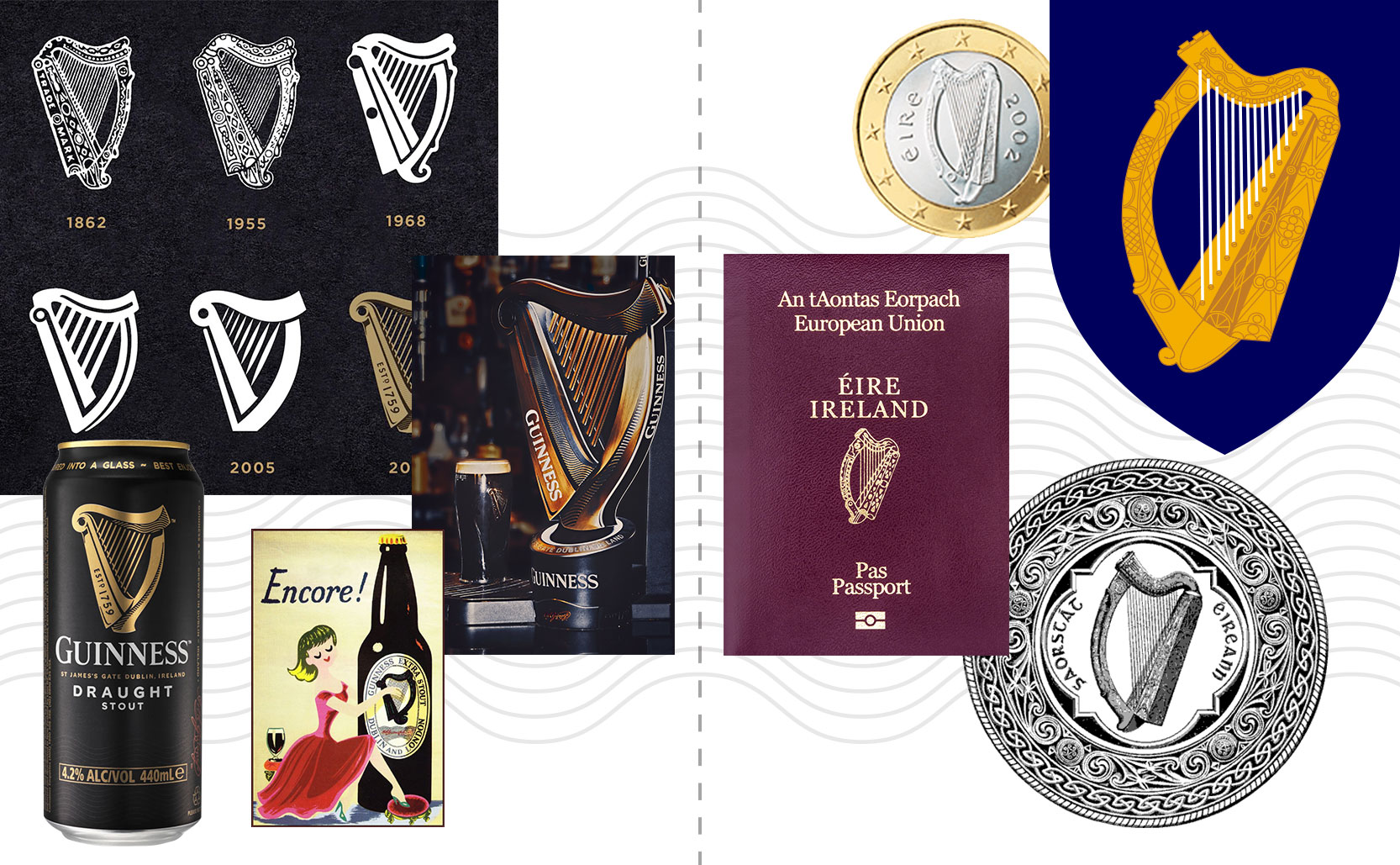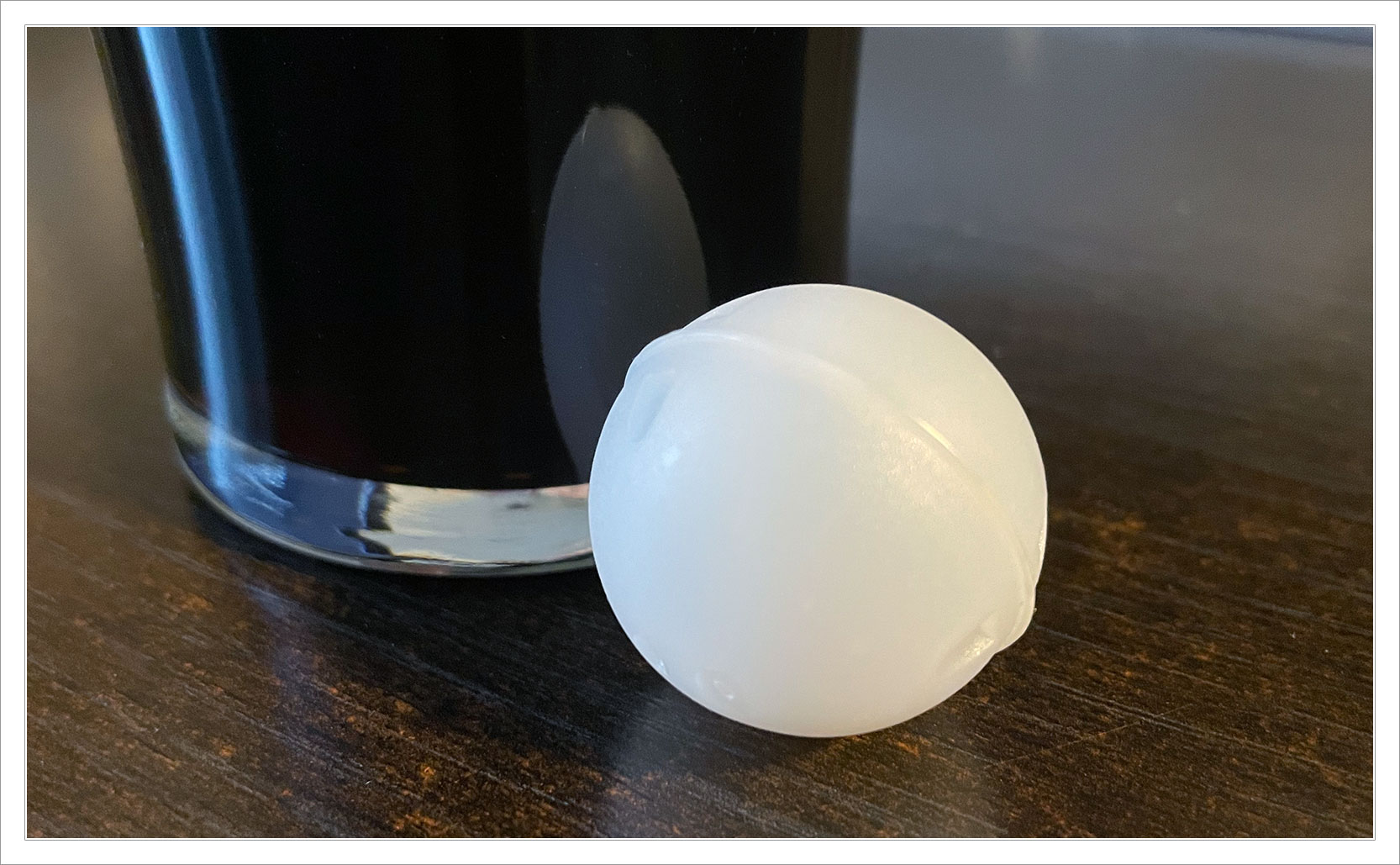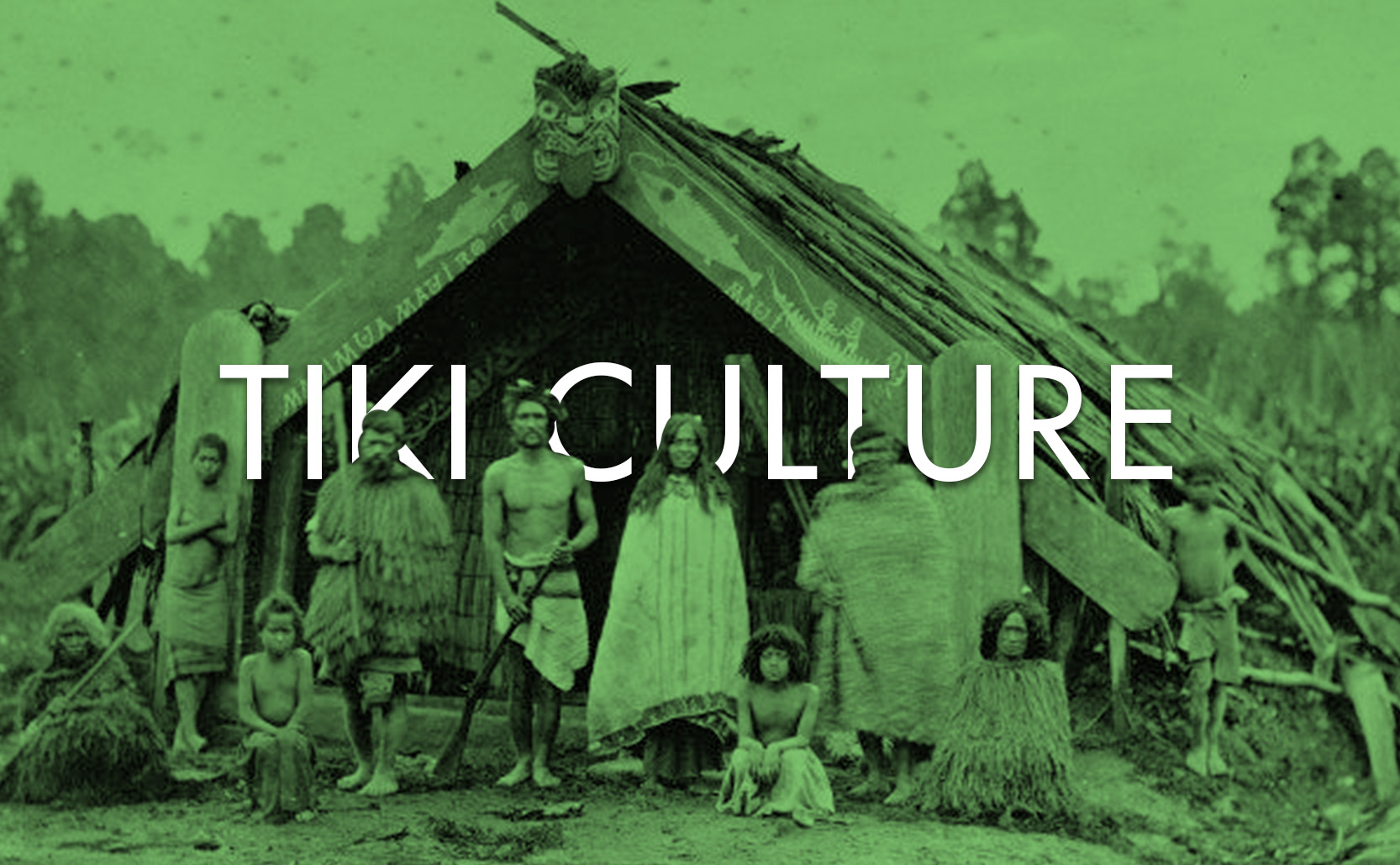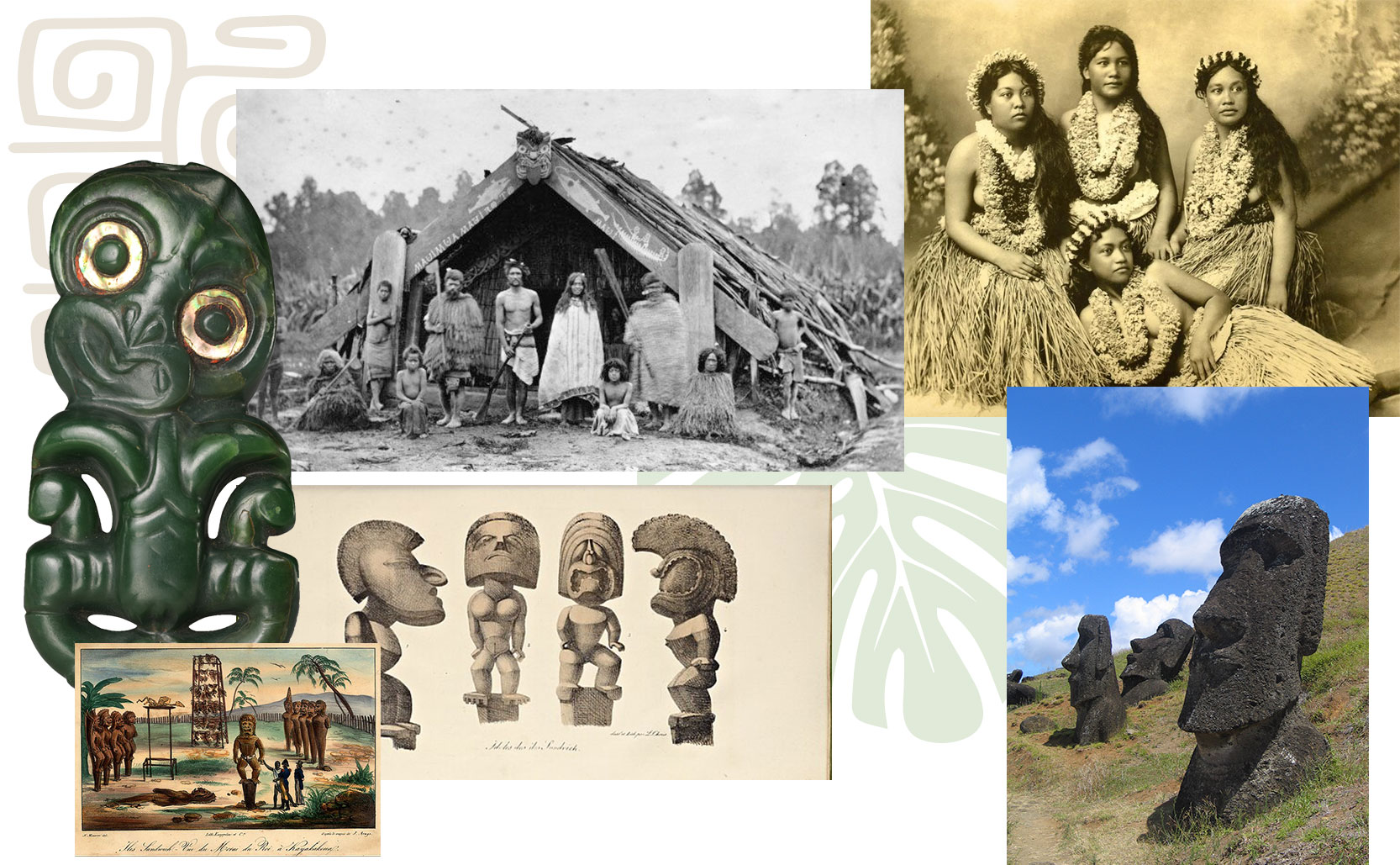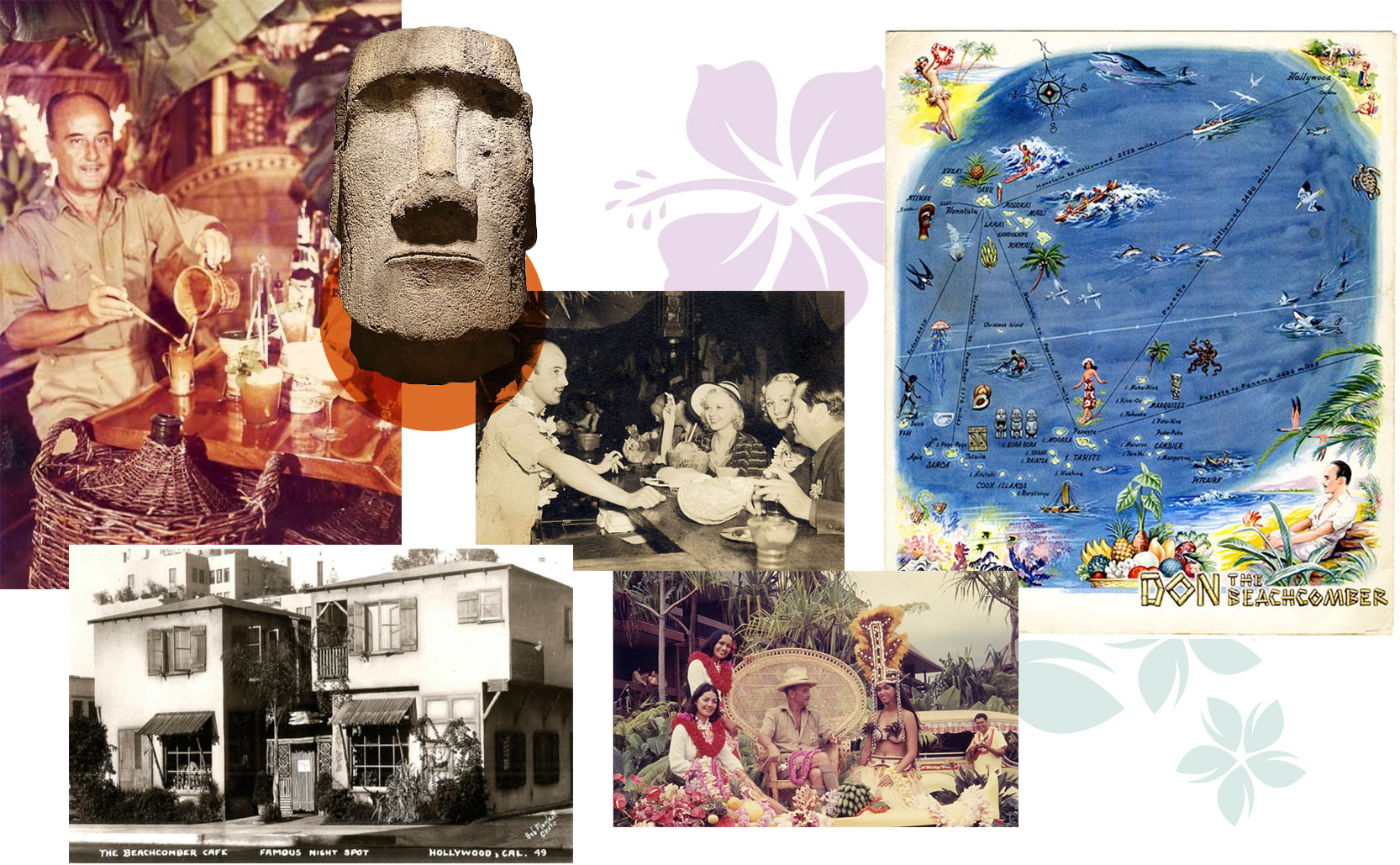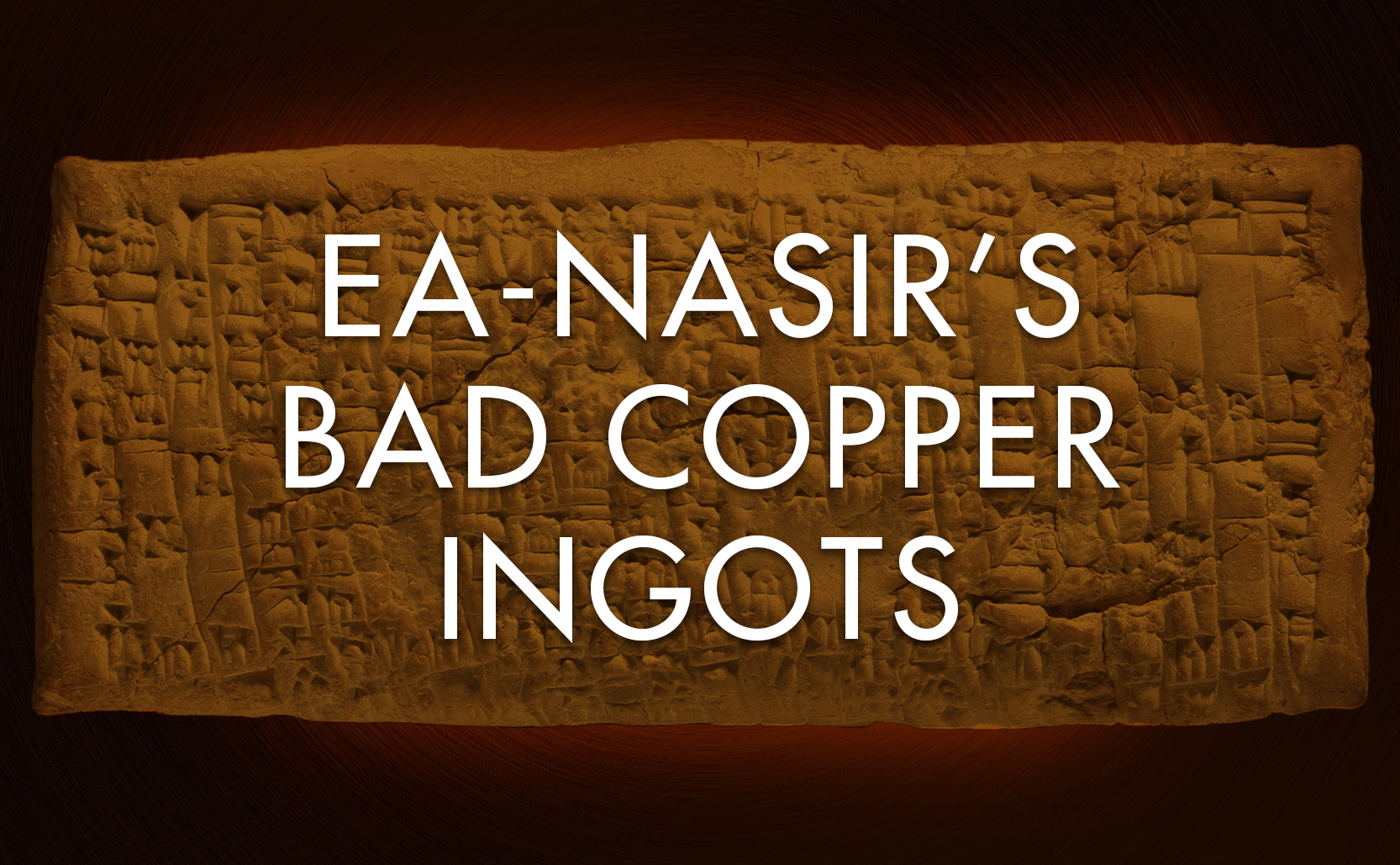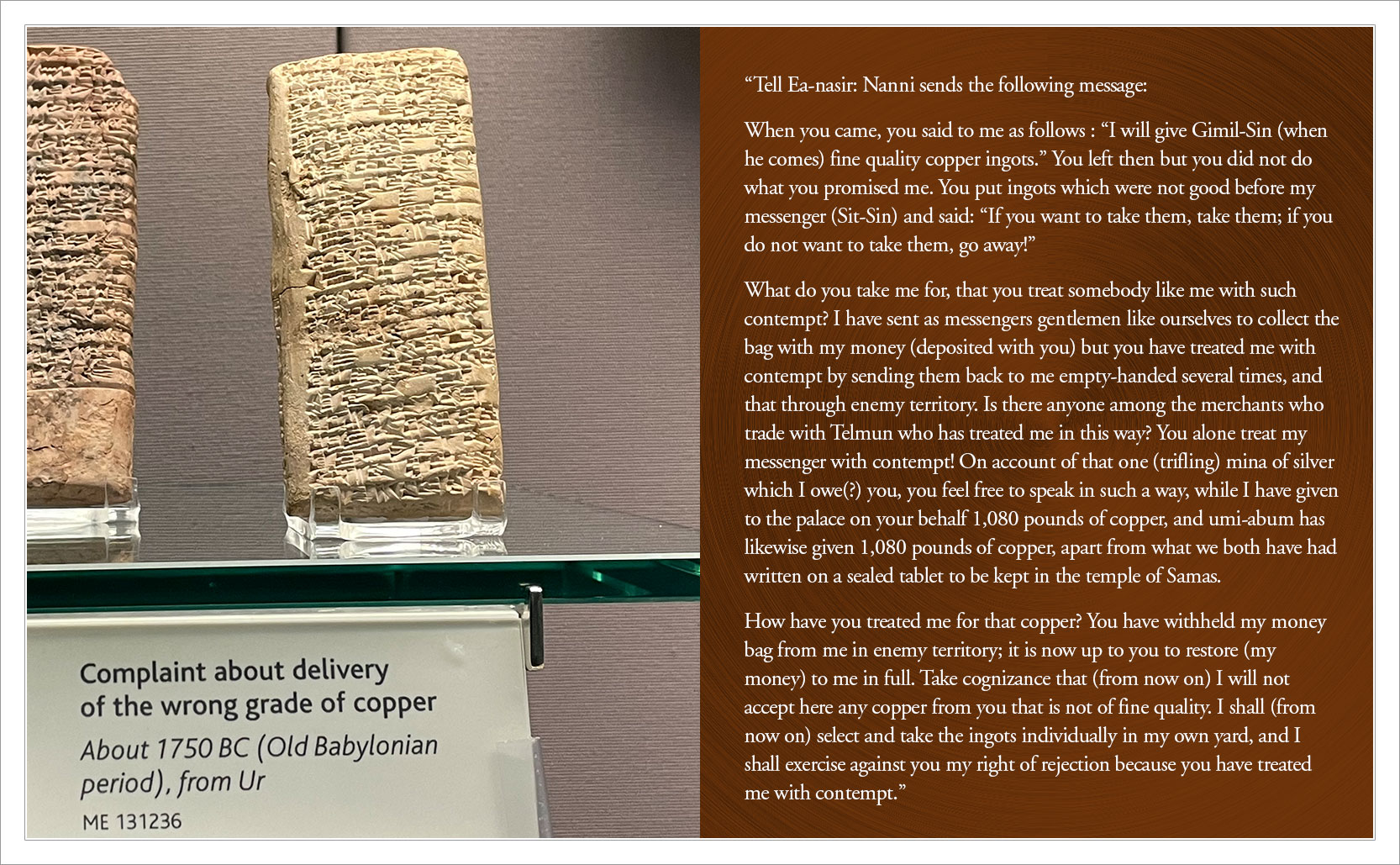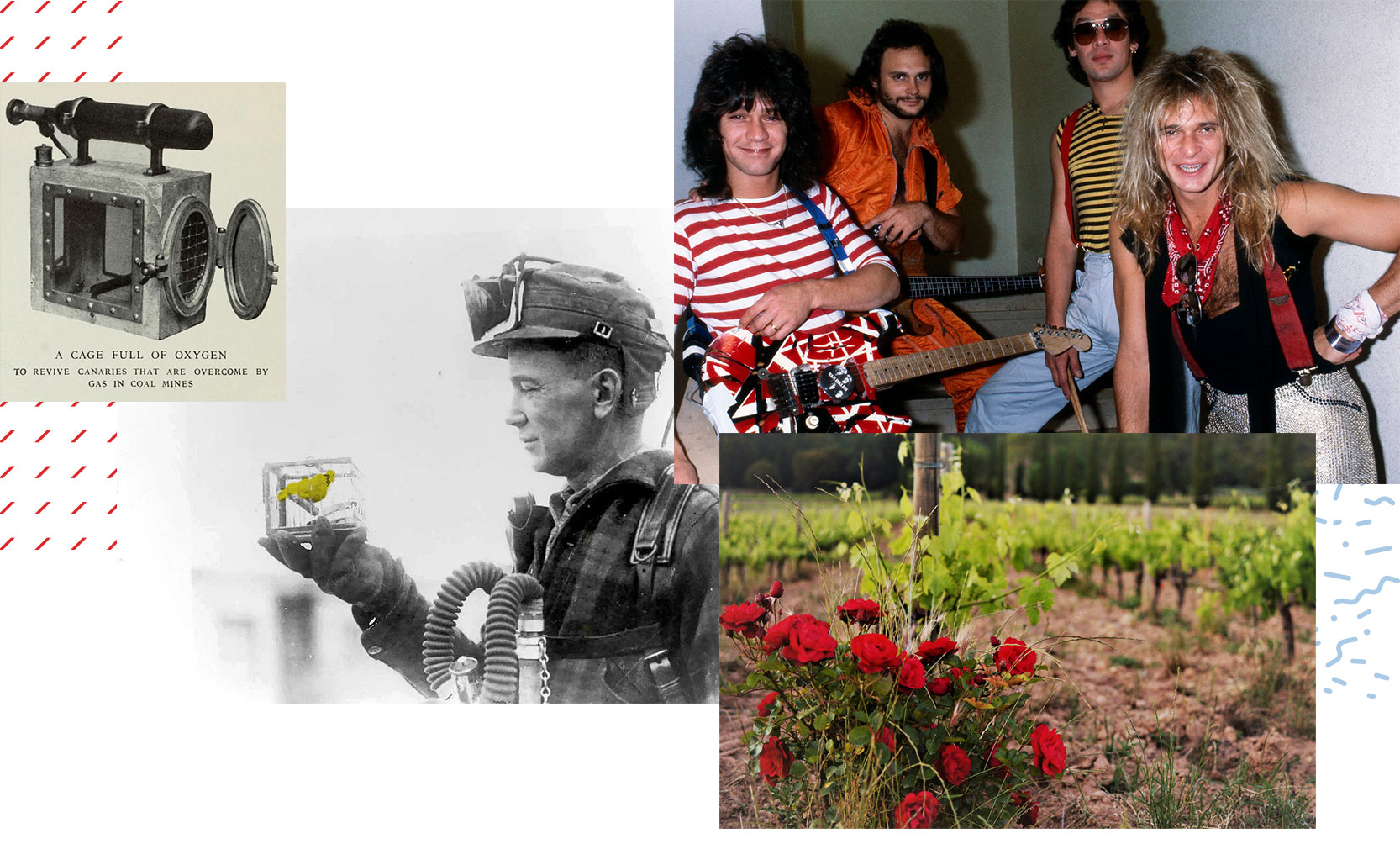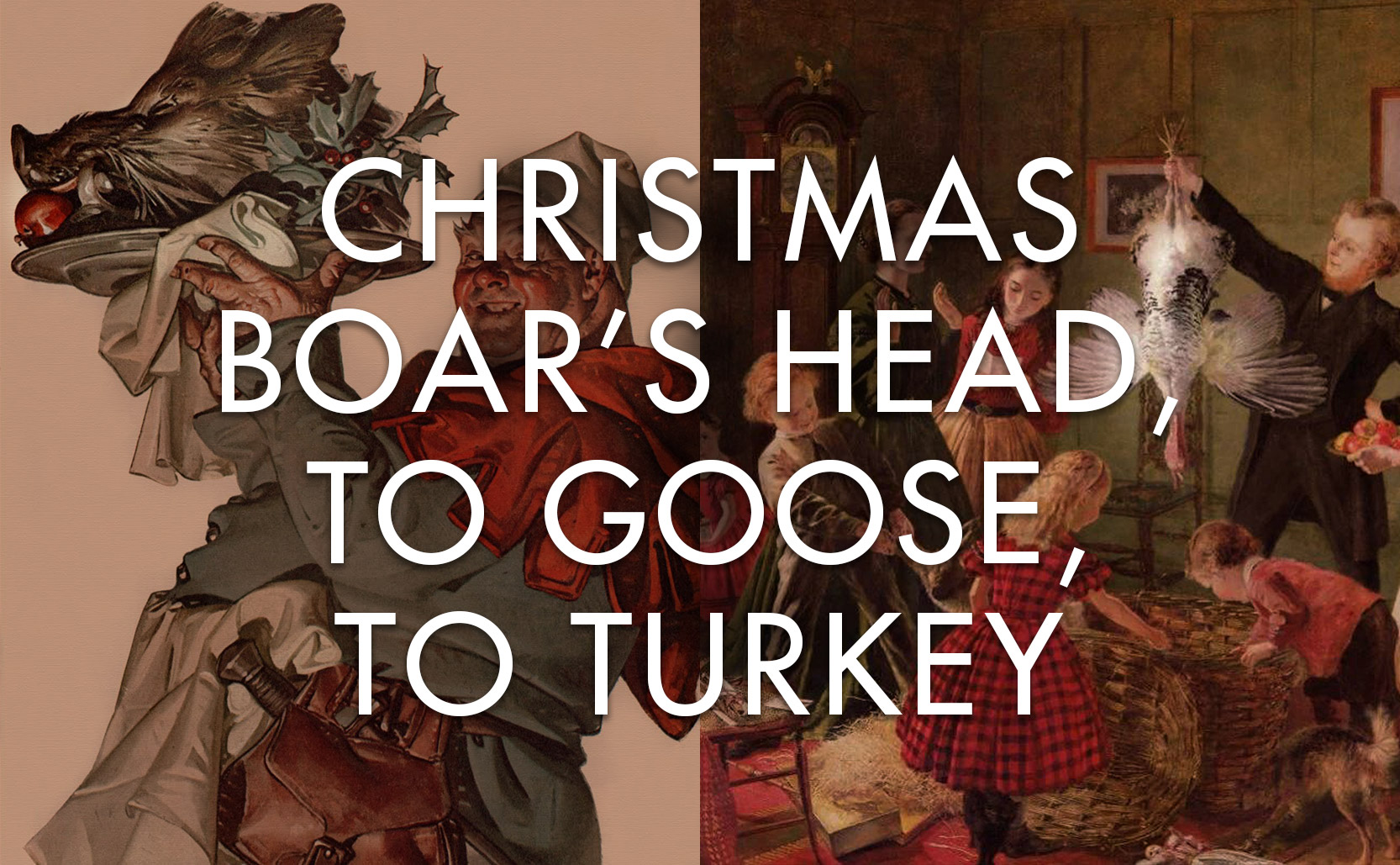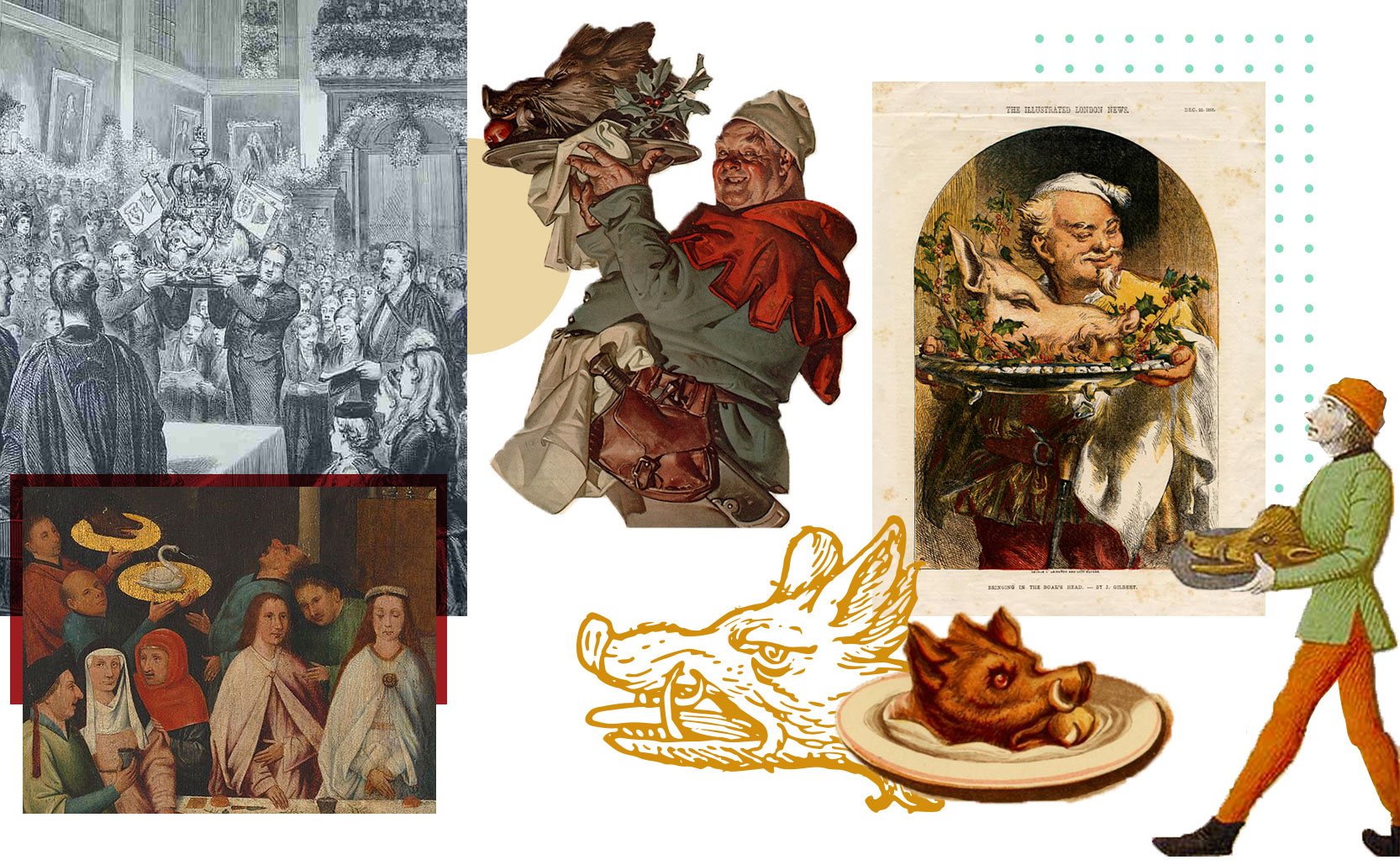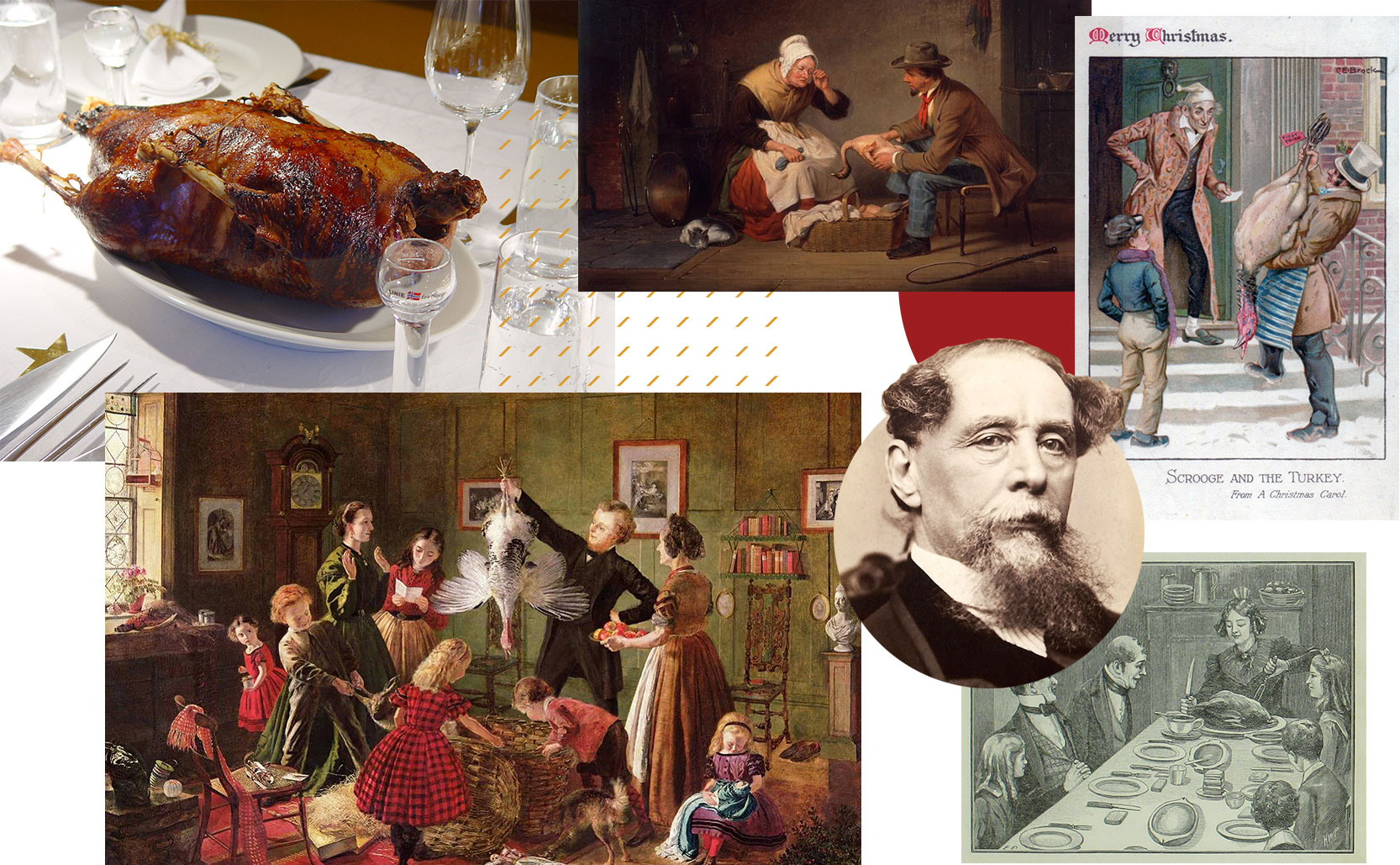Bloomsday
James Joyce’s entire novel Ulysses takes place on one day, June 16th.
James Joyce’s 1922 novel Ulysses is a day in the life of Leopold Bloom, an advertising salesman, as he moves about Dublin on June 16th 1904. The novel tells the thoughts, actions, and encounters of Bloom as well as to a lesser extent those of Stephen Dedalus and in the last chapter Bloom’s wife Molly. June 16th has, in literary circles, become known as Bloomsday.
A linguistic labyrinth
At its most simple the story is about Leopold Bloom going about his day. He leaves the house in the morning knowing his wife will have an affair later that day. Bloom runs errands, attends a funeral, goes to the Turkish baths, has meals, gets harassed, and eventually returns home to 7 Eccles Street. Stephen Dedalus, a brooding intellectual, aspiring writer, and a returning character from Joyce’s A Portrait of the Artist as a Young Man, is the focus of the first three chapters as he starts his day and walks the beach north into town. Bloom and Dedalus cross paths a few times. Finally the last episode is that of Molly Bloom, laying in bed reflecting on her life.
Ulysses is famous both for its brilliance as well as its difficulty. That there is a cottage industry of guide books, guide websites, and scholastic critical analyses for just one book shows how complex (and challenging) Ulysses is. As Joyce said, “I’ve put in so many enigmas and puzzles that it will keep the professors busy for centuries arguing over what I meant, and that’s the only way of insuring one’s immortality”.
Joyce wrote each of the book’s 18 parts/episodes from different approaches, so when you get the hang of reading one the next is something new. There are jokes, puns, references, and linguistic tricks that keep the reader working at mental gymnastics from start to finish. This is part of what makes the book so fun and interesting, but also what can be frustrating and lead some readers to give up.
An Irish Odyssey
The structure of Ulysses is based on the Odyssey by Homer. The title of the book is the Latinised name of Odysseus. Joyce took the plot of the Odyssey, subverted it, and created something new. The 18 episodes of the Ulysses are named for characters from the Odyssey, the events and people Bloom meets in his wandering loosely resemble those of Odysseus’s journey in the Odyssey, and so on.
For example the 12th episode “Cyclops” has Bloom being verbally assaulted by a man in a pub wearing an eyepatch, where Odysseus was assaulted by an actual cyclops. The hero Odysseus traveled to return to his faithful wife Penelope, the antihero Bloom travels to return to his unfaithful wife Molly.
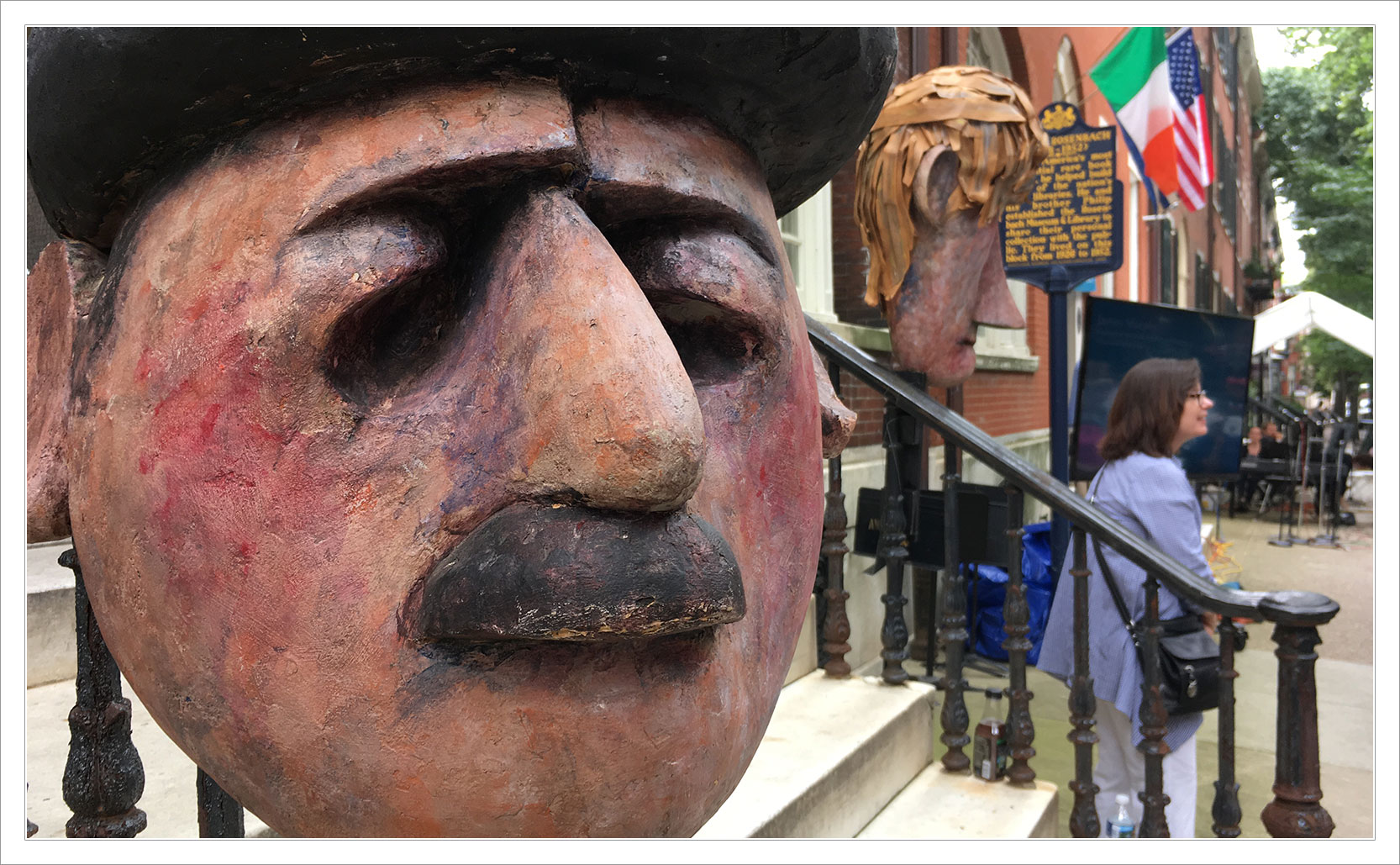
Dublin
Joyce set Ulysses in Dublin, which he did from memory as he wrote the book while living abroad. How the characters move through the city, and where they visit, are based on the actual geography of early 20th century Dublin.
Stephen visits the National Library and talks to actual librarian William Magee. Bloom buys lemon soap at Sweny’s Pharmacy, an actual pharmacy which today still resembles an early 20th century pharmacy but has become a Joycean book store (that said they still sell lemon soap). You can find maps that fans have put together of how the characters navigated Dublin and retrace their steps.
Bloomsday
The Rosenbach Museum & Library in Philadelphia has the original manuscript for Ulysses. Every Bloomsday they close off Delancey Place, set up chairs, stage readings from the book, play music, and more.
In 2025 there were over 100 events celebrating Bloomsday in Dublin. Walking tours following the routes the characters took, gatherings at different locations mentioned in the book, people dressed in Edwardian period clothing, a swim on Sandycove beach, a film festival, etc.
Bloomsday is a fun way to celebrate Ulysses, the work of James Joyce, and Dublin. It’s a day to “rejoyce”.
Added info: O Brother, Where Art Thou? is also loosely based on the Odyssey. George Clooney’s character is the Odysseus character, wandering 1930s Mississippi, trying to return to his wife. He and his fellow convicts encounter numerous obstacles on his way home such as a klansman wearing an eyepatch – the cyclops of O Brother, Where Art Thou?.


